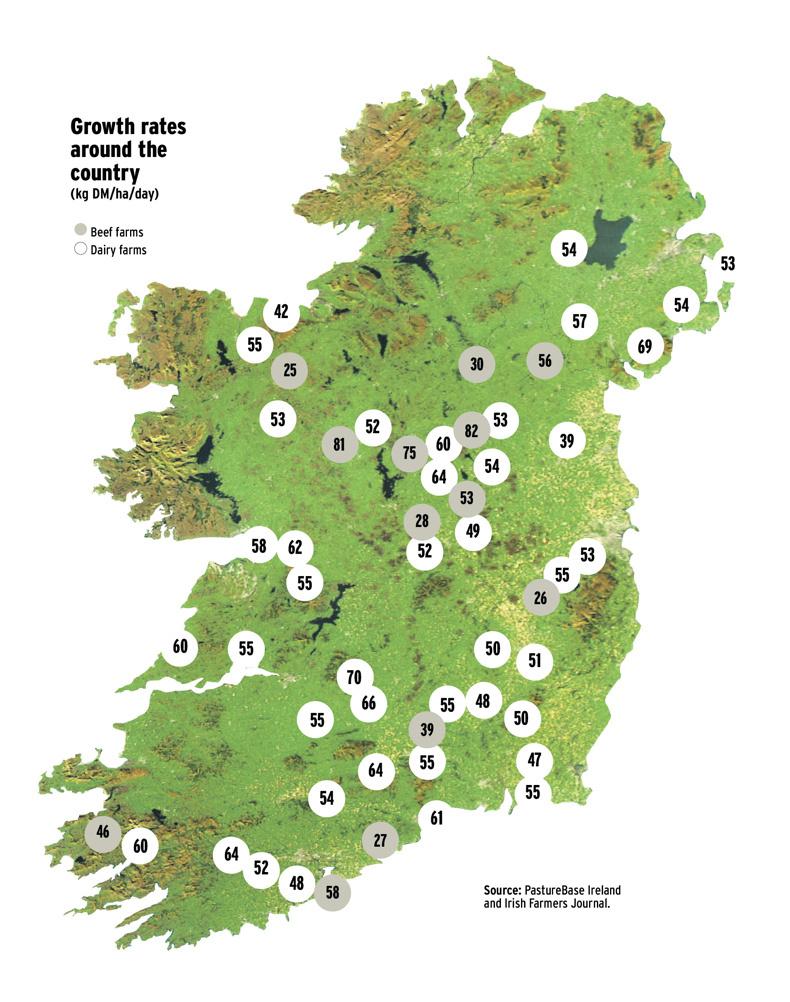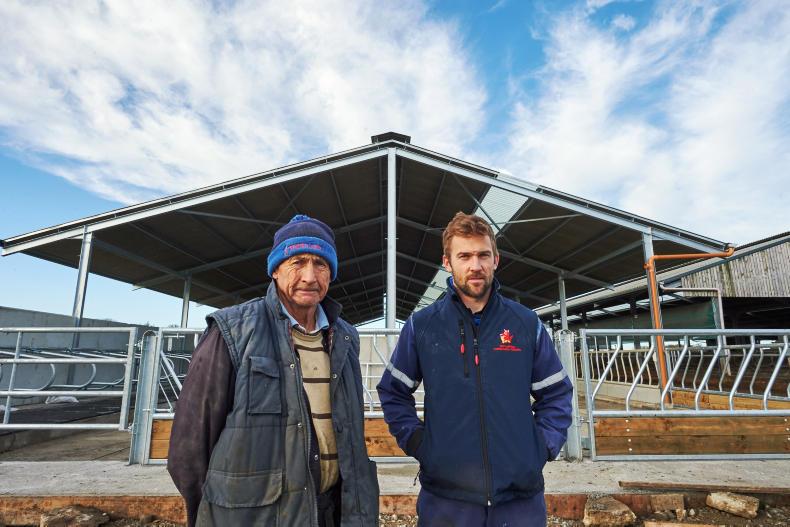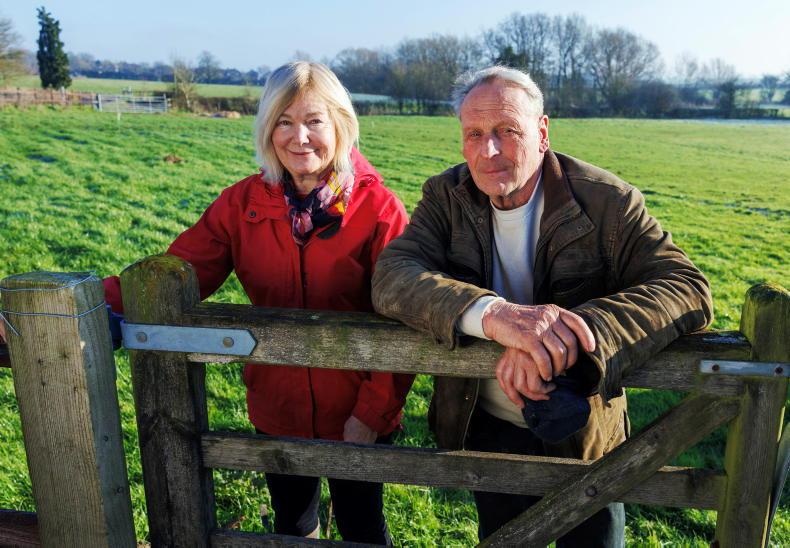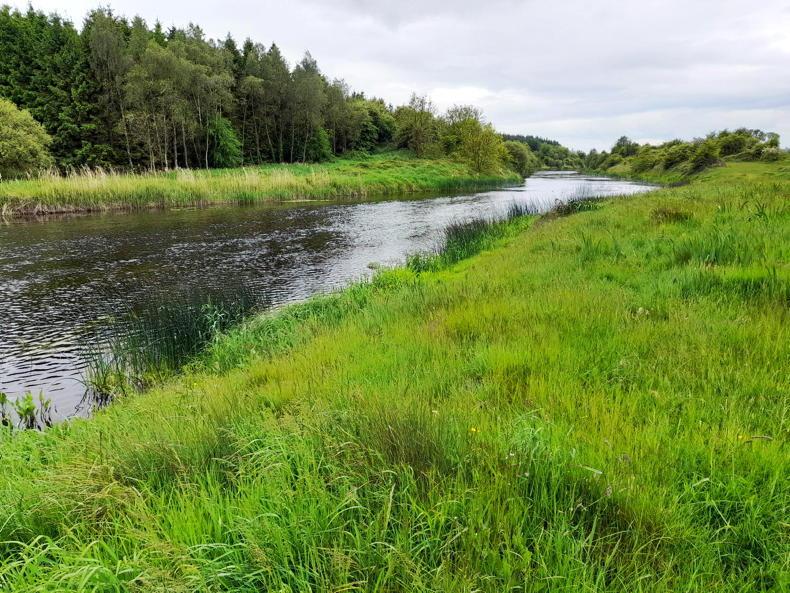For the third week in a row the average grass growth rate across the country is 55kg/day.
With rainfall levels back to normal and soil temperatures running 1°C to 2°C higher than normal, we can expect decent grass growth rates to continue for another while.
The 10-year average growth for this week is 37kg/day, so growth is a good bit higher than normal.
The actions this week should be to walk the farm to assess how much grass you have and adjust the amount of feed going in accordingly. You should be approaching a peak cover now of around 1,200kg/ha. At this cover you should be wading through grass, with the cows grazing paddocks that would be skipped over for silage if it was summer.
In a normal year, grass growth will start to decline steadily from early October on. But I have a feeling that the decline in growth on farms that were badly affected by drought will be later than normal this year.
While daylight hours are getting shorter, there is energy and heat in soil which should drive on growth for longer, but don’t expect this on farms that have been growing well since July.
If growth is better than normal and farm cover is on target, then you can reduce the amount of meal being fed. A lot of farmers are still on high levels of meal (over 4kg/day). In some cases it’s justified as farm cover is still low, but if farm cover is on target and growth is greater than demand then meal can be cut back. After the storm on Wednesday, nearly all herds should be on 12-hour breaks and back fencing to reduce damage and prevent any important regrowth being nipped off. Rotation length should be between 35 and 40 days. This is the last week for fertiliser application. If weather is unsettled, go with urea over CAN. How much to spread depends on soil type, farm cover and the weather, but go with around 40kg/ha of nitrogen if you can.


Read more
Growth consistent for last three weeks
For the third week in a row the average grass growth rate across the country is 55kg/day.
With rainfall levels back to normal and soil temperatures running 1°C to 2°C higher than normal, we can expect decent grass growth rates to continue for another while.
The 10-year average growth for this week is 37kg/day, so growth is a good bit higher than normal.
The actions this week should be to walk the farm to assess how much grass you have and adjust the amount of feed going in accordingly. You should be approaching a peak cover now of around 1,200kg/ha. At this cover you should be wading through grass, with the cows grazing paddocks that would be skipped over for silage if it was summer.
In a normal year, grass growth will start to decline steadily from early October on. But I have a feeling that the decline in growth on farms that were badly affected by drought will be later than normal this year.
While daylight hours are getting shorter, there is energy and heat in soil which should drive on growth for longer, but don’t expect this on farms that have been growing well since July.
If growth is better than normal and farm cover is on target, then you can reduce the amount of meal being fed. A lot of farmers are still on high levels of meal (over 4kg/day). In some cases it’s justified as farm cover is still low, but if farm cover is on target and growth is greater than demand then meal can be cut back. After the storm on Wednesday, nearly all herds should be on 12-hour breaks and back fencing to reduce damage and prevent any important regrowth being nipped off. Rotation length should be between 35 and 40 days. This is the last week for fertiliser application. If weather is unsettled, go with urea over CAN. How much to spread depends on soil type, farm cover and the weather, but go with around 40kg/ha of nitrogen if you can.


Read more
Growth consistent for last three weeks












SHARING OPTIONS